In today’s digital-first world, artificial intelligence (AI) is revolutionizing how businesses handle payments. Whether you run a brick-and-mortar store or an eCommerce business, AI is helping merchants like you streamline transactions, prevent fraud, and create better customer experiences.
How AI Is Changing Payment Processing
AI is already making a powerful impact across the payments ecosystem. Here are some of the ways it’s helping businesses work smarter:
Real-Time Fraud Detection: AI detects and flags unusual patterns instantly, helping prevent fraud before it affects your revenue.
Automated Customer Support: AI chatbots handle common payment questions, improving service while reducing overhead costs.
Personalized Payment Experiences: AI suggests preferred payment methods, loyalty rewards, and discounts based on individual buyer behavior.
Transaction Automation: AI speeds up approvals, automates recurring payments, and reduces manual errors.
Credit Risk Analysis: AI can evaluate more than just credit scores—it uses alternative data to assess financial risk and guide smarter lending decisions.
Embedded Finance: AI enables seamless checkouts directly within mobile apps, social platforms, or web experiences.
What’s Next: The Future of AI in Payments
AI’s role in payments is only growing. Here’s what you can expect next:
Predictive Fraud Prevention: AI won’t just react, it will anticipate and block fraudulent behavior before it happens.
Faster Cross-Border Payments: AI will help optimize international transactions, reducing processing delays and currency conversion issues.
Biometric and Voice Payments: Expect more secure payments through fingerprint scans, facial recognition, and even voice commands.
AI-Driven Compliance: AI will help businesses stay current with changing regulations and compliance requirements.
Financial Forecasting: AI tools will soon deliver predictive cash flow reports and business insights to help merchants grow smarter.
Challenges to Consider
AI offers big rewards—but also requires careful planning. Watch out for:
Data Privacy Concerns: AI relies heavily on customer data. It’s important to make sure it’s handled with transparency and care.
Complex Regulatory Landscape: Compliance is critical, and AI systems must meet local and global regulatory standards.
Cybersecurity Risks: As AI-powered systems grow, so does the need for robust security protections.
Implementation Costs: Upfront investments in software, training, and infrastructure may be needed.
Bias in Algorithms: AI is only as good as its data. Poor data can lead to inaccurate results or discriminatory outcomes.
What Merchants Should Do Now
To future-proof your business, take these key steps:
✅ Prioritize Security – Choose AI platforms with proven track records and strong data protections.
✅ Stay Compliant – Work with partners who stay ahead of regulatory changes.
✅ Educate Your Customers – Explain how AI-powered tools improve speed, security, and convenience.
✅ Choose the Right Tools – Focus on AI systems that align with your specific business goals and customer needs.
AI is no longer a future concept. It’s becoming the new standard in payment processing. Merchants who embrace AI now will be better positioned to thrive in a competitive marketplace.

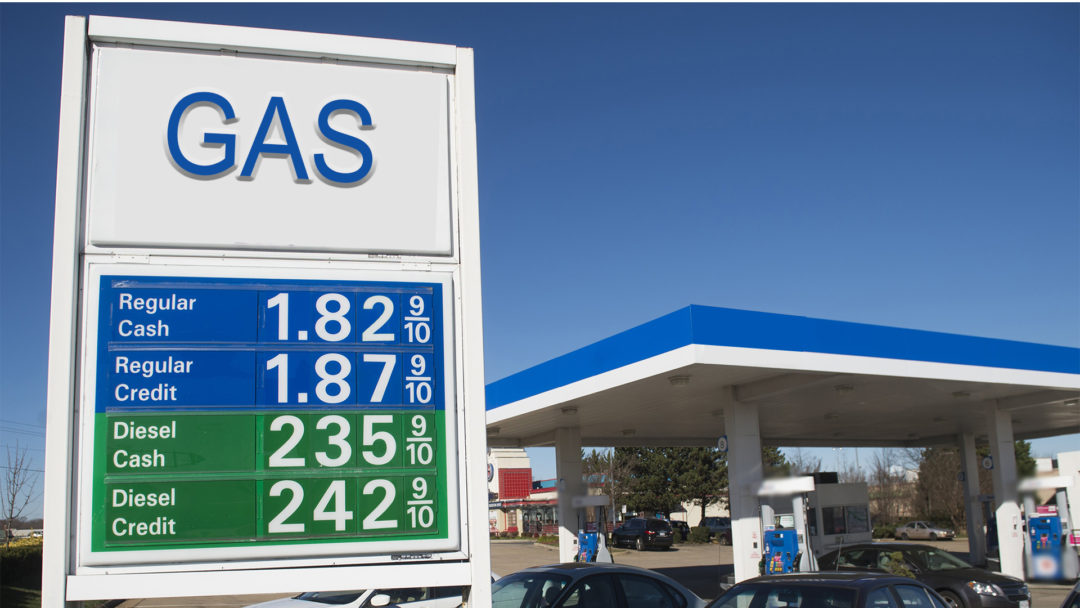

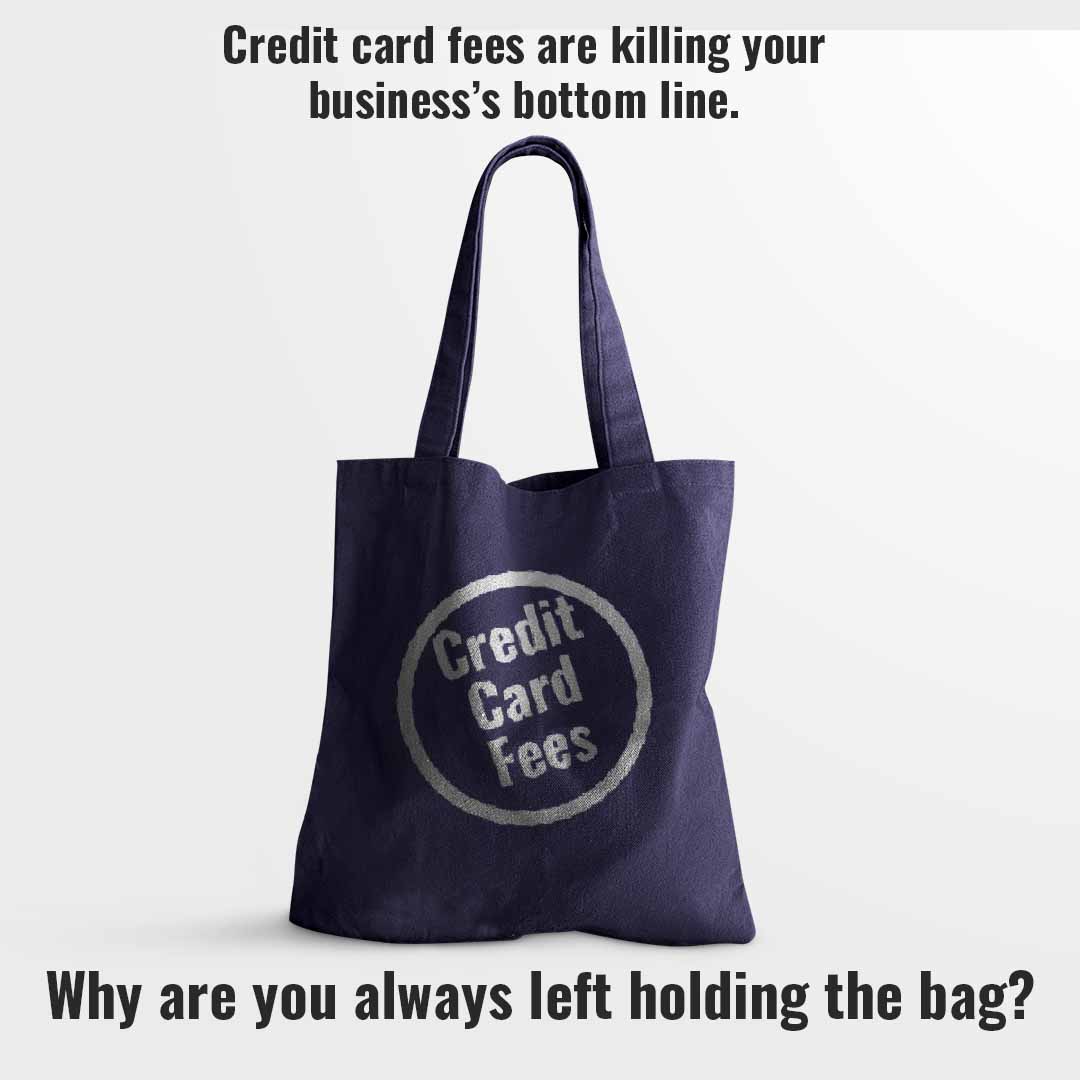

 Now the owner of the antique store has to save at least 4% of that purchase in his bank account because he knows that come the end of the month the credit card processing provider is going to take out their share of the sale. Yep. The credit card processor gets up to 4% or 4 bucks for doing nothing. Quite a racket huh?
Now the owner of the antique store has to save at least 4% of that purchase in his bank account because he knows that come the end of the month the credit card processing provider is going to take out their share of the sale. Yep. The credit card processor gets up to 4% or 4 bucks for doing nothing. Quite a racket huh?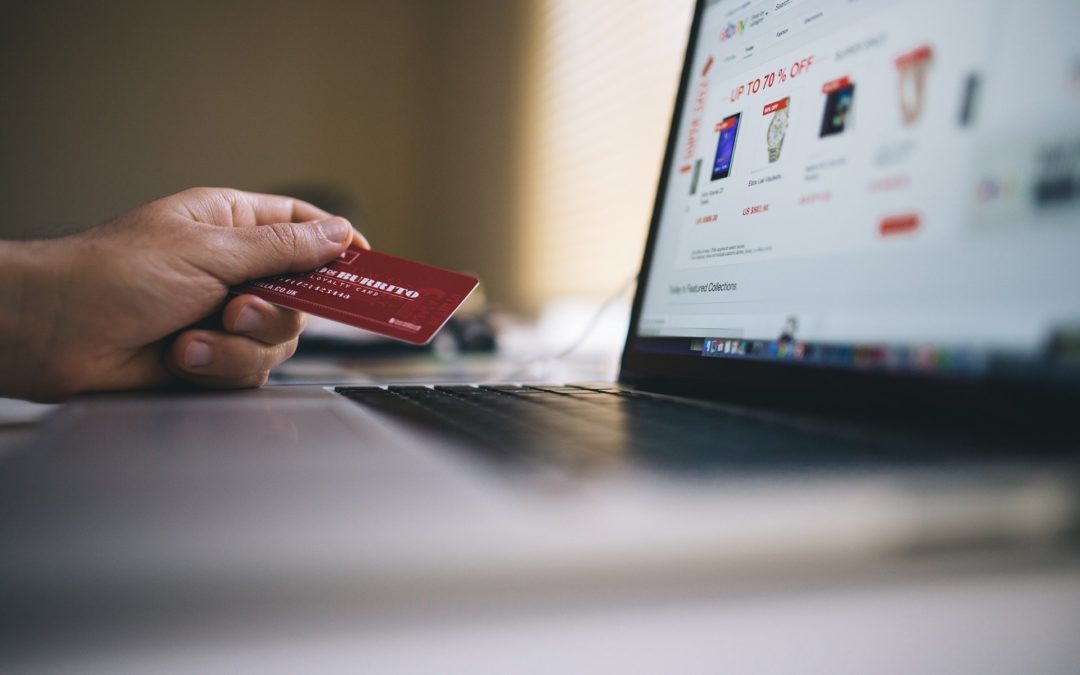


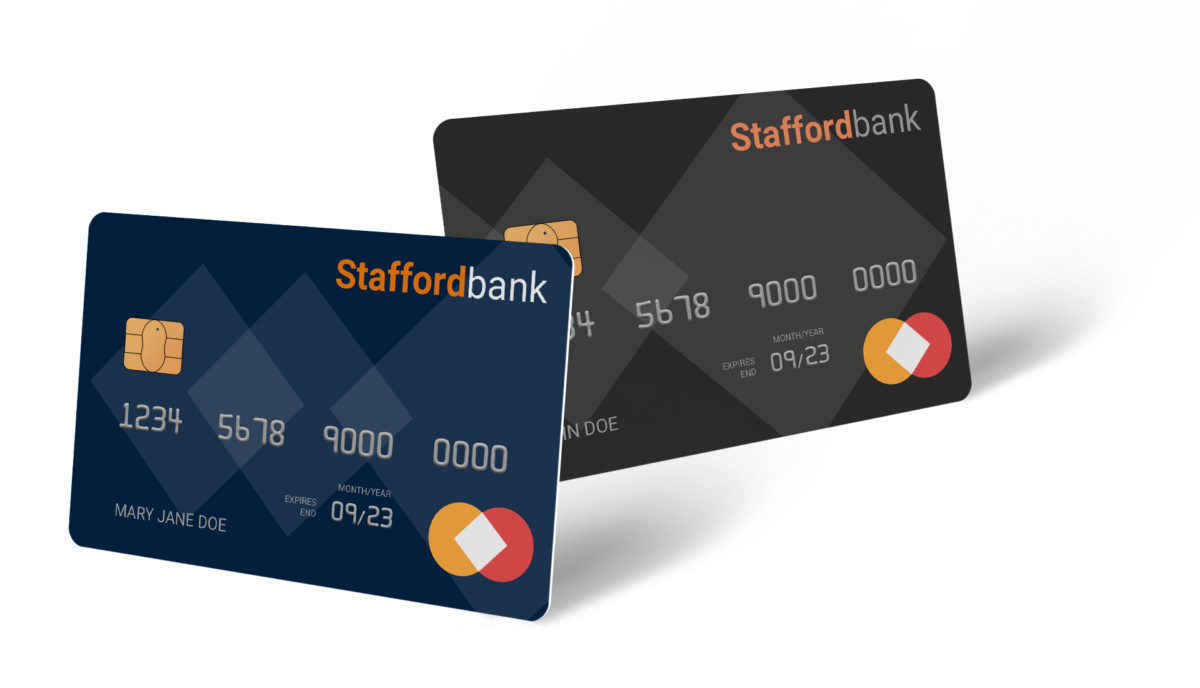
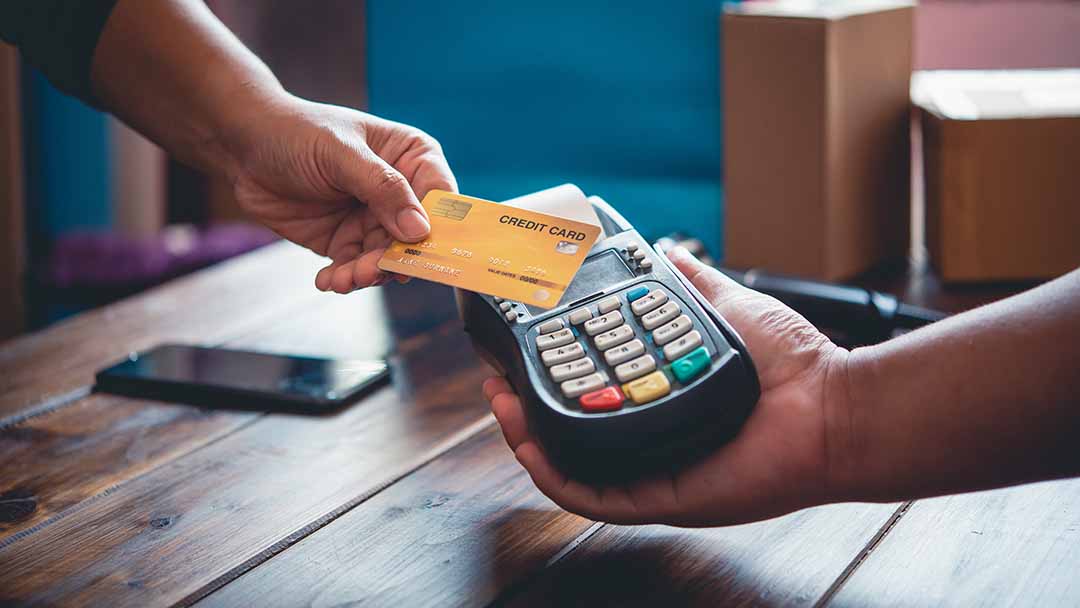
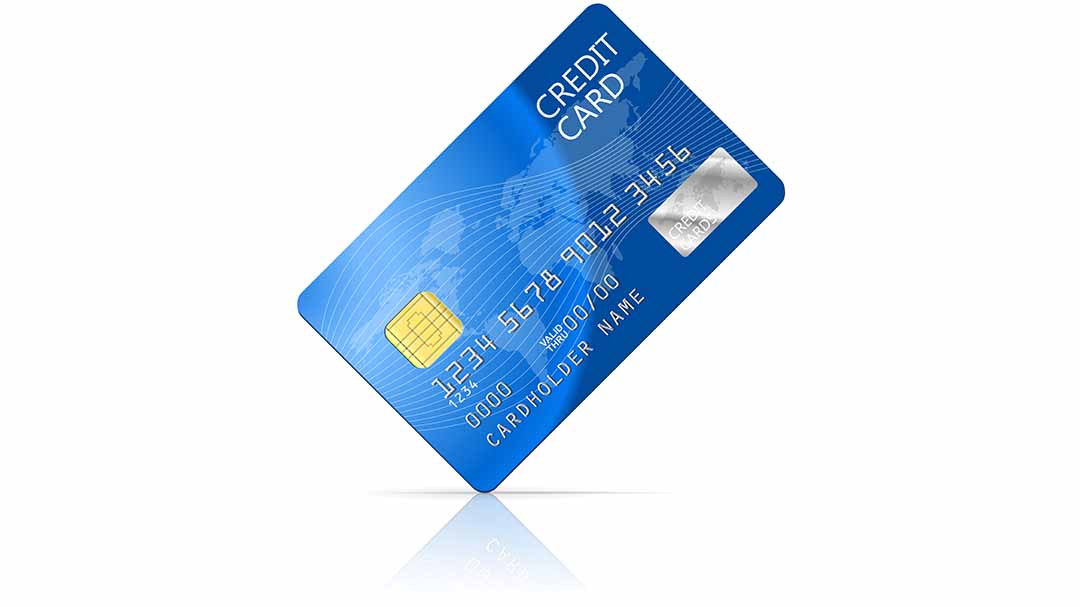
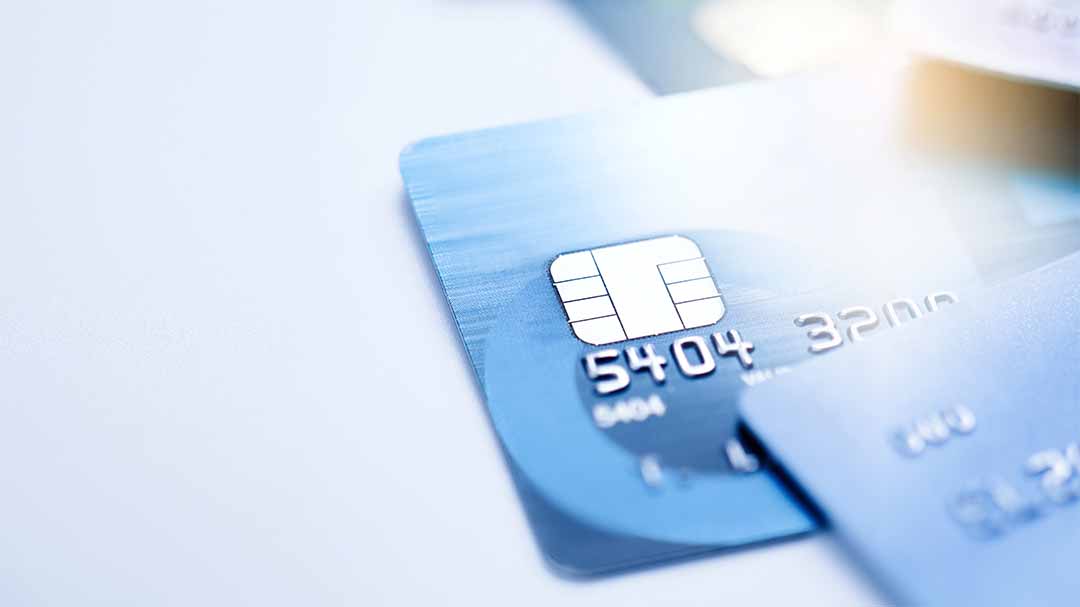
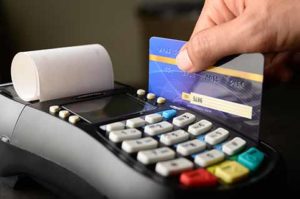 Here is how the new technology cards work: Rather than a magnetic strip, EMV uses a microprocessor chip embedded in the card.
Here is how the new technology cards work: Rather than a magnetic strip, EMV uses a microprocessor chip embedded in the card.